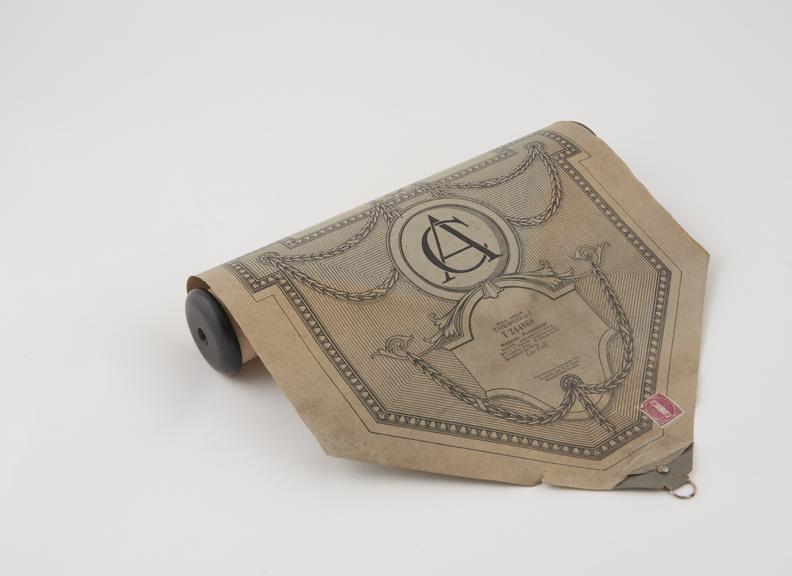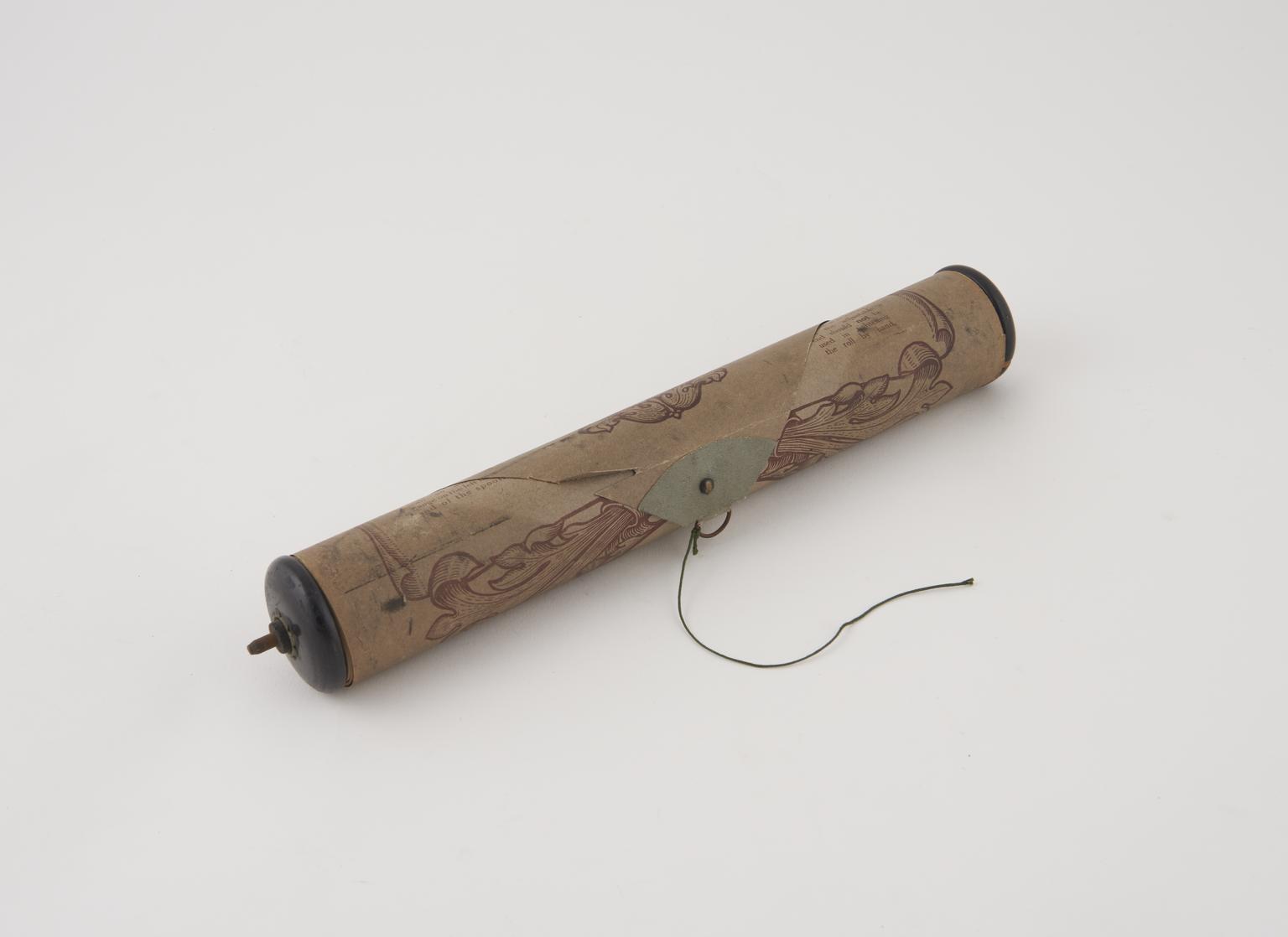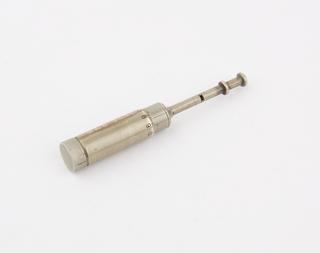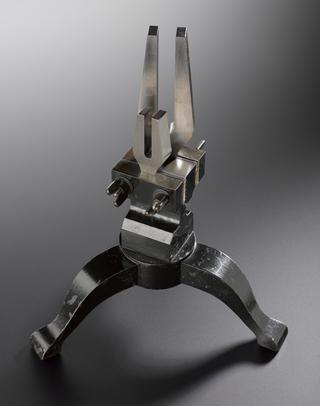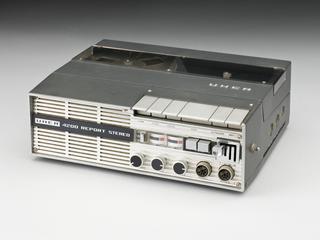Pianola roll
One of two 88 note pianola rolls, by The Aeolian Company Ltd., London and New York, made in the United Kingdom, 1921-1930.
More
The 'Pianola' by the Aeolian Company was invented in 1896. It is a type of player piano, or automatic piano, which plays itself. The piano gets its instructions for which notes it should play from perforated sheets of paper on rolls. Each hole corresponds to a different note. If the note should be held for a long duration, the hole is long, and if it should be a very short note, the hole is small. Sales of player pianos peaked in 1924 as music recording devices such as phonographs offered an alternative way of listening to music. Musical instructions are not the only type of information that can be translated into holes and not-holes. Early computers had punched-tape readers to feed information in, and punched-tape printers to get information out.
- Measurements:
-
overall: 335 mm 52 mm,
- Materials:
- paper (fibre product) , wood (unidentified) and metal (unknown)
- Object Number:
- 2006-148/1
- type:
- pianola roll
- Image ©
- The Board of Trustees of the Science Museum

